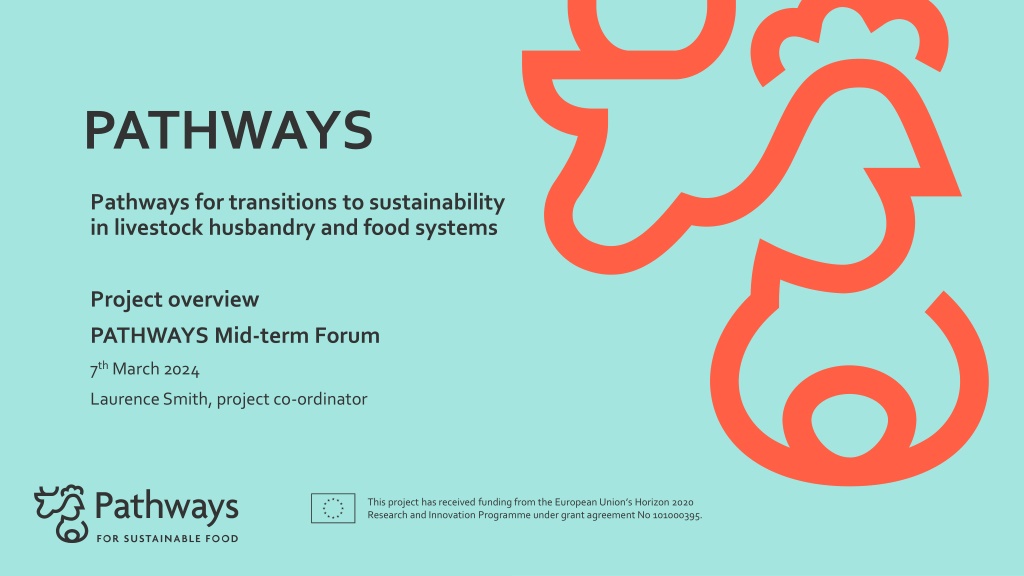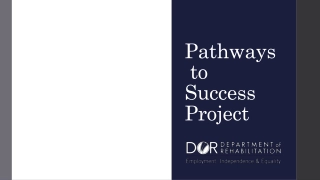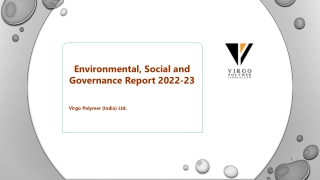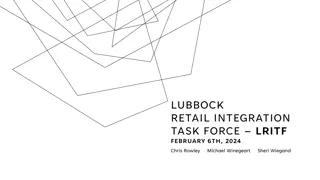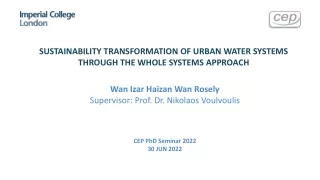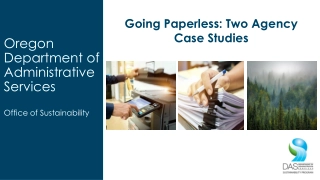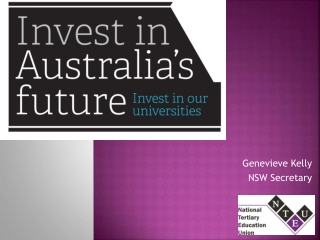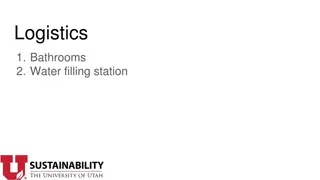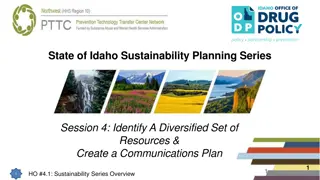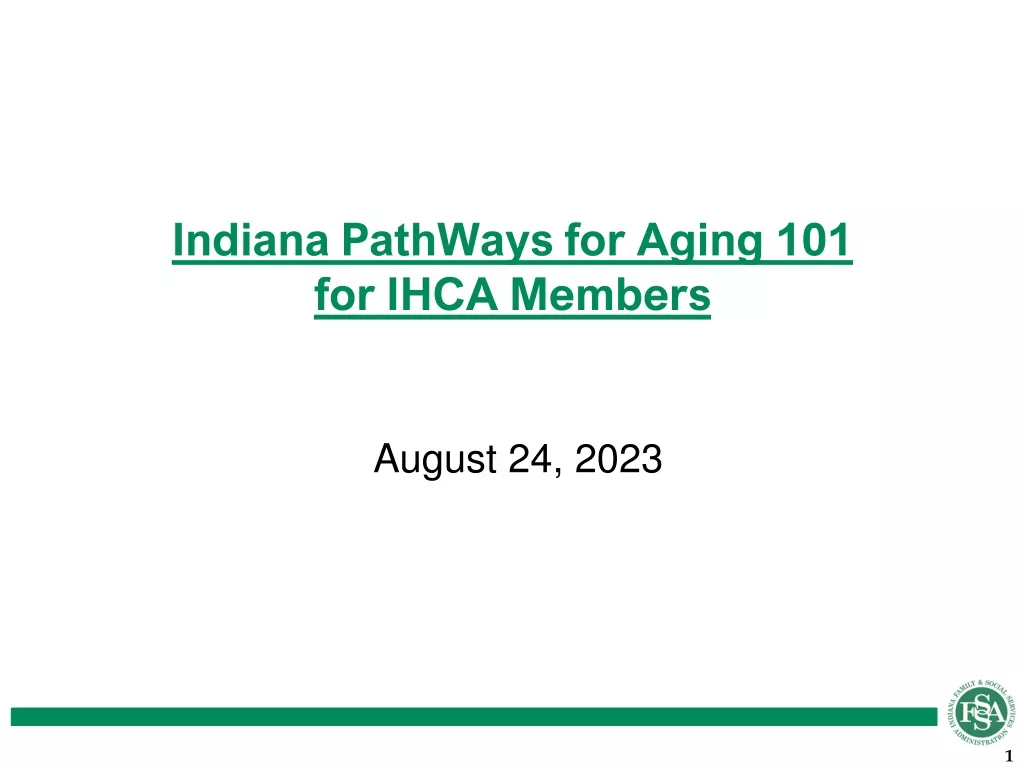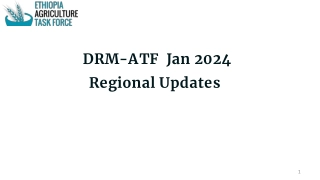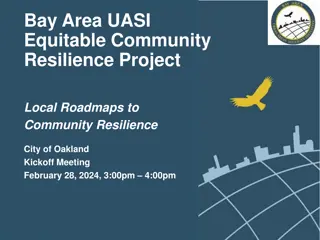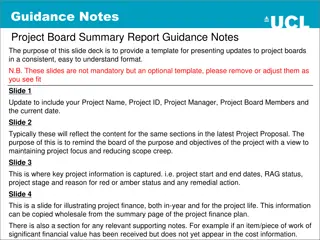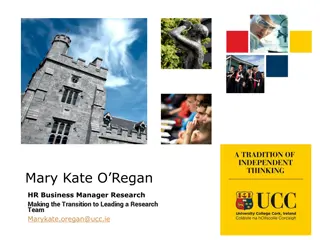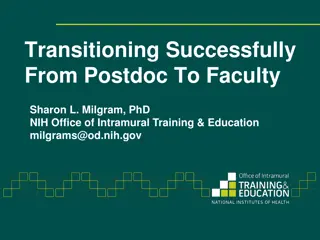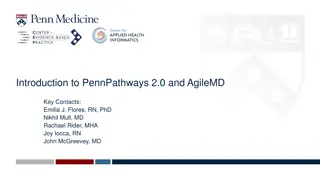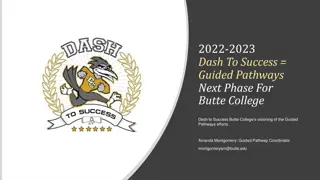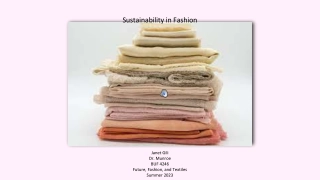PATHWAYS Project: Transitioning Livestock Systems for Sustainability
PATHWAYS is a five-year project funded by the European Union with the goal of promoting sustainable practices in the European livestock sector. Through innovative methodologies and stakeholder engagement, the project aims to drive the transition towards more sustainable livestock production and consumption. Key components include holistic sustainability assessments, identification of innovations, co-designing transition pathways, and supporting effective transitions. Learn more about the project's objectives and its role in shaping future food systems.
Download Presentation
Please find below an Image/Link to download the presentation.
The content on the website is provided AS IS for your information and personal use only. It may not be sold, licensed, or shared on other websites without obtaining consent from the author. Download presentation by click this link. If you encounter any issues during the download, it is possible that the publisher has removed the file from their server.
Presentation Transcript
PATHWAYS Pathways for transitions to sustainability in livestock husbandry and food systems Project overview PATHWAYS Mid-term Forum 7th March 2024 Laurence Smith, project co-ordinator This project has received funding from the European Union s Horizon 2020 Research and Innovation Programme under grant agreement No 101000395.
What is PATHWAYS? A five-year 9M EUR project funded by the European Union Horizon 2020 Work programme Coordinated by SLU, 31 partners Overarching aim to inform policy, research and business strategies in support of a transition to more sustainable livestock production and consumption Project start date 1 September 2021 CONSORTIUM PARTNERS
Objectives 1. To develop innovative holistic sustainability assessment methodologies to enable livestock systems assessments from farm to fork 2. To identify and evaluate innovations within livestock systems through practice hubs and stakeholder engagement 3. To co-design scenarios and associated transition pathways with multi actors for a sustainable European livestock sector 4. To support a timely effective transition to sustainable livestock systems in Europe We are here
PATHWAYS is at the centre of the current debate on future food systems: To address these challenges, we are applying an inter-disciplinary robust assessment of current and future systems Two key elements are central to this approach: 1. Learning from Innovations within Practice Hubs 2. Scenario development and evaluation
1. Learning from innovation through Practice Hubs Practice hubs Holistic sustainability assessment 100 innovative farms across 11 countries Public Goods Tool (PG Tool) Results. Gerrard et al. 2012. Sustainable Agriculture Reviews, 8380.
1. Learning from innovation through Practice Hubs Cluster i Cluster i Cluster (i) farms with highest values for environmental indicators Cluster (ii) farms with highly variable performance for environmental indicators Cluster ii Cluster ii Cluster iii Cluster (iii) farms with lowest environmental performance and highest costs Cluster iii Cluster analysis heat map: Norton et al. 2022. Frontiers in Sustainable Food Systems, 6, 629. 12 12
2. PATHWAYS Scenario Development and Evaluation process Impacts of scenarios on Identification of Transition pathways = changes in technology, business models and policy frameworks, and how they occured (who did what, how, and when?) GHG emissions Evaluation framework & EU livestock sector in 2050 Biodiversity Trade offs and synergies modelling tools Jobs / GDP within the EU EU livestock sector in 2050 Farmers income no regret options for businesses and policy makers EU livestock sector 2020 (=baseline) Animal welfare EU livestock sector in 2050 Access to food Food sovereignty EU livestock sector in 2050 2020 2035 2050 Beyond ? Past
2. Early results- the PATHWAYS storylines: Feed no food: feed-food competition is reduced to its minimum, while agrobiodiversity conservation is integrated into agricultural practices Efficiency first: increased feed conversion efficiency following a strong industrial ecology approach Rural renaissance: livestock sector transformations contribute to revitalise rural communities through the dynamic landscapes and autonomy for farmers High animal welfare: maximising the positive experience of animals throughout value chains and increasing animals agency over their own lives.
In Summary PATHWAYS is delivering a robust, holistic assessment this through innovation and scenario assessments to identify what works in a range of contexts Co-designed scenarios and improved assessment methods will be implemented to throughout this process to provide "fit for purpose Regular engagement with project processes will maximise synergies and ensure the projects impact
You made it! Thanks to a brilliant team About Pathways Get in touch pathways-project.com With the aim of reducing environmental impacts while addressing societal demands for safe, nutritious and affordable meat and dairy products, PATHWAYS is about identifying and increasing sustainable practices along the supply and production chains of the European livestock sector. Coordinated by the Swedish University of Agricultural Sciences (SLU) and comprising 28 partners from 12 countries, this 5-year (2021-2026) 9 million Horizon 2020 project contributes to the EU Farm-to-Fork Strategy which is at the heart of the EU Green Deal. media@pathways-project.com @pathways_europe PATHWAYS This project has received funding from the European Union s Horizon 2020 Research and Innovation Programme under grant agreement No 101000395.
